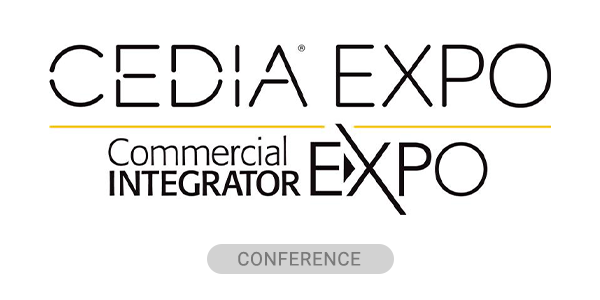When it comes to architectural design, acoustics often take a backseat to more visible elements like aesthetics and functionality. However, as Dan Ferrisi, group editor of commercial and security at Emerald, and Frank McCormack, vice president of sales at Lencore, discuss in this conversation, acoustics play a pivotal role in creating comfortable, productive environments. Their discussion sheds light on the “ABCs” of acoustics —absorption, blocking and coverage — and highlights the transformative potential of sound masking in modern spaces.
The ABCs of Acoustics
Acoustics in architectural design can be broken down into three key elements:
- Absorption: Materials like ceiling tiles and carpeting that reduce sound reflections and help manage noise.
- Blocking: Walls and partitions that physically block sound from traveling between spaces.
- Coverage: Sound masking systems that introduce ambient background noise to make unwanted speech unintelligible.
McCormack emphasizes that while each element has its role, sound masking is often the most cost-effective solution. By raising the background sound level to about 45-47 decibels, sound masking helps reduce distractions, allowing employees to focus and work more comfortably.
Watch the full video interview below:
The Benefits of Sound Masking
Sound masking offers several advantages over traditional acoustic solutions like absorption and blocking. It creates a consistent ambient sound that masks unwanted noise, making conversations less distracting and improving overall productivity. This is particularly valuable in open office environments, where noise can be a significant challenge.
McCormack also highlights how sound masking can address the acoustic challenges posed by modern construction materials like glass, steel and concrete. These materials, while visually appealing, tend to amplify noise by reflecting sound waves. Sound masking helps mitigate this issue by introducing a controlled background sound that reduces the impact of these reflections.
Adapting to Post-COVID Acoustic Needs
The COVID-19 pandemic has reshaped workplace dynamics, with hybrid work environments becoming the norm. This shift has brought new acoustic challenges, such as fluctuating occupancy levels and the need for flexible spaces. Sound masking systems can adapt to these changes by automatically adjusting to different occupancy levels, ensuring a comfortable acoustic environment regardless of how many people are present.
Timing Matters: Integrating Acoustics Early
One of the key takeaways from the discussion is the importance of addressing acoustics early in the design or renovation process. McCormack notes that sound masking is often dismissed as an optional add-on due to budget constraints, but this approach can lead to higher costs and disruptions later. By integrating sound masking from the start, architects and designers can create more effective and efficient acoustic solutions.
Expanding Opportunities for Sound Masking
While sound masking is commonly associated with corporate office spaces, its potential extends far beyond. McCormack sees significant opportunities in sectors like healthcare, government and hospitality, where managing noise is equally critical. Lencore is actively working to raise awareness and make sound masking a standard consideration in these industries.
Final Thoughts
Acoustics may not always be top of mind in architectural design, but their impact on comfort, productivity, and overall experience cannot be overstated. As McCormack points out, sound masking is not just a luxury — it’s a necessity for creating spaces that work for people.
Whether you’re an architect, designer, or building owner, considering acoustics early and incorporating sound masking can make a world of difference. Lencore’s initiatives aim to make this process easier, offering professional design and layout services to help integrate sound masking seamlessly into any project.
For more insights on acoustics and sound masking, or to request a free quote, visit Lencore.com/quote.




